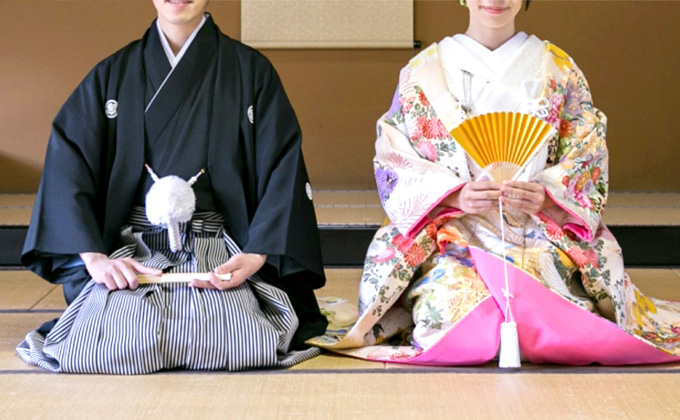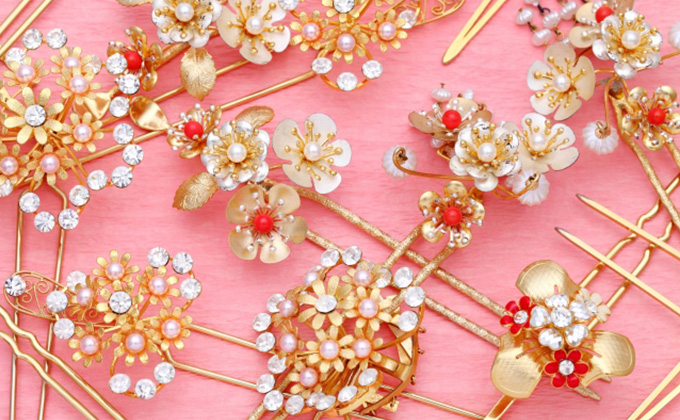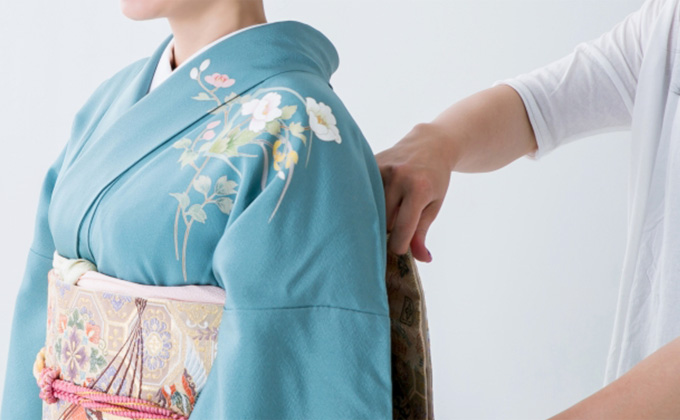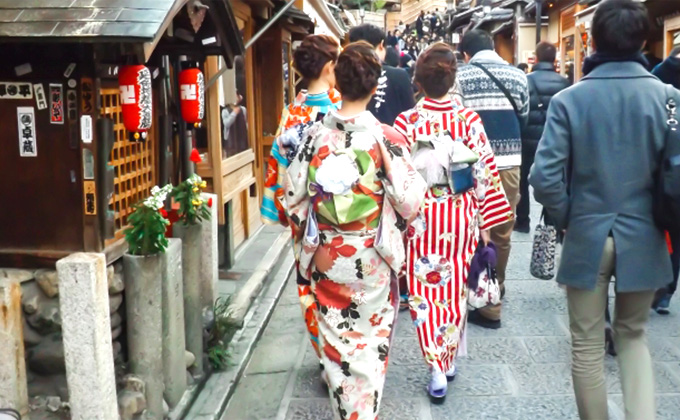TRG Info and Advice
Kimonos Now and Then, Part 1
Part One: What goes around comes around
Kimonos are one of my favorite things about Japanese culture, but unfortunately they are not as common or as popular as they once were. Reserved for formal occasions like graduation and induction ceremonies, weddings and funerals, the number of people in kimonos even at these milestone events, can usually be counted on one hand! Nevertheless, what goes around comes around, so this kimono-lover has high hopes for the flamboyant return of kimonos as not only fancy dress, but everyday style. In fact, flash-mob style kimono-jacks (like a hijack in a kimono!) in Tokyo, London and other cities, have started gaining popularity among people of all ages and nationalities. These events, organized by the group Kimono Jack, encourage people to come in whatever kimono they can get their hands on and wear it to the best of their individual ability!
What is it about kimonos that make people think they are a pain? Well, putting them on requires layers of under clothing that must match the dimensions of the kimono, and which are arranged and tied just-so, plus various “tools” like the sash pillow and board, bungee cord-like clips, and silky ties. These items are in addition to the actual kimono and obi sash, which are selected with great care depending on the season and event. Add the requisite snowy-white tabi socks, fancy zori sandals and hair ornaments, and you’ve got a lot of stuff to get organized. Practice makes perfect, however, so it makes sense that the more often you wear kimonos, the easier it will become to assemble the necessary supplies.
For those who feel getting all this stuff together is just too much work, many photography studios in Japan have kimonos available for rent. The staff will dress you expertly, do your hair and even your make-up if you want. Next comes the photo-shoot. This will most likely take place within the studio, but you may have various other options depending on the photographer, and the studio’s policy: like walking along nostalgically narrow streets with traditional buildings, picking your way daintily up a rocky mountain path, or strolling in front of a stunning seascape. Don’t be afraid to ask for what you want, or to share your vision of colorful, kimono-clad scenes.
During the Hina-sama Doll Festival period (usually March 1-31) in Sado Island’s Aikawa district, professionals allow festival-goers to choose from a variety of lovely kimonos, then dress them up so that they can stroll around this ancient gold-rush town in-style, enjoying the local exhibitions of Hina-sama Dolls. There is just something special about partaking in a tea ceremony with traditional Japanese sweets and a strong cup of matcha tea, or sipping sake and nibbling on sushi while clad in a kimono.











